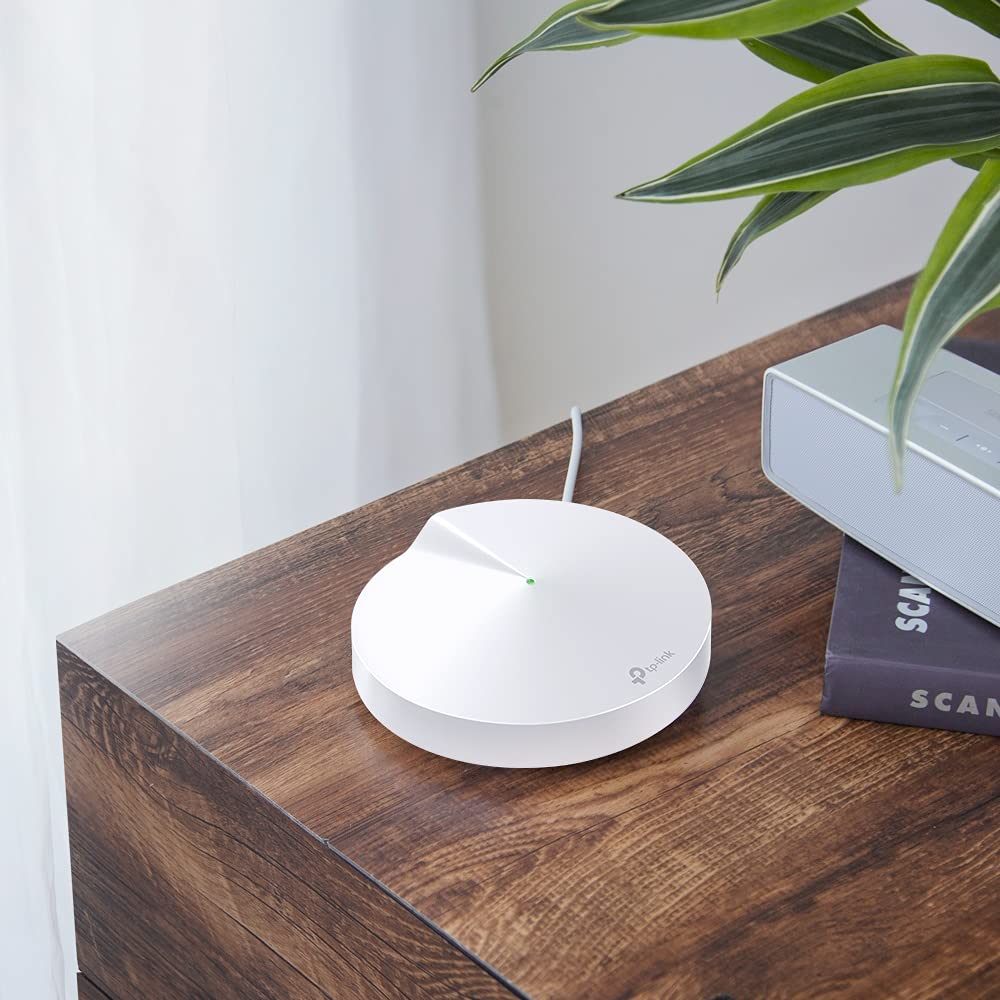
Mesh WiFi systems have gained a lot of popularity and a surge in growth in these past couple of years. It is expected that in years to come, Mesh WiFi will be a major wireless technology in the market for home networks. The reason behind Mesh WiFi systems gaining immense popularity is that these can provide seamless coverage throughout your house, but since there are so many options available in the market, it can be difficult to find the best mesh system for your home network.
It can be even more difficult if you are not a techie and don’t know much about how these things work. But worry not, we have compiled a list of important features that you should look for in a mesh WiFi system before buying one.
Wireless Standards
Wireless standards are a set of protocols and standards that dictate how your wireless network will perform. There are various types of wireless standards available in the market, but currently, the market standard is 802.11ax for Wi-Fi 6 or Wi-Fi 6E. Wi-Fi 6 is the latest wireless technology available in the market and is about 1.3 times faster than its predecessor, which makes it the obvious choice.
Therefore, if you are going to buy a Mesh WiFi system, ensure that it has the latest WiFi standards so that you can both future-proof your home network and enjoy fast internet speeds.
Frequency Bands
It is not necessary to go into the details of frequency bands, but you should ensure that the mesh system that you are going to buy is either a dual-band router or a tri-band router. A dual-band router can transmit wireless signals in two different frequencies, 2.4 GHz and 5 GHz, while a tri-band router can transmit signals in three different frequencies.
Each frequency band has its own specific benefits, e.g. 2.4 GHz has a large range while 5GHz can transmit data at faster speeds. It is suggested to go for a mesh router that has at least two different frequency bands available. You can check the frequency bands of your current router by logging into the 192.168.0.1 admin panel.
Satellite Nodes and Coverage
Since the whole point of using a Mesh network over conventional wireless routers is to gain extra coverage, the mesh nodes and coverage are the most important features to consider. Most mesh systems come in a two-pack or three-pack unit where one one acts as the central hub while the other acts as satellite nodes. You should choose the number of nodes according to the size of your house.
Apart from nodes, most mesh systems have an advertised reach of around 6,000-8,000 Sq Ft, which sounds massive, but it is for ideal conditions, which are not attainable in real life. Therefore, you should choose a mesh network that has a good enough range to provide maximum coverage throughout your house. To gain accurate insights on the coverage of mesh routers, read user reviews on the internet, as they provide you with a much better estimated reach of a mesh router.
Security Features
Security is paramount for any user nowadays due to the recent surge in cyber attacks. Therefore, you should choose a router that has a robust security feature set that can keep you protected against all sorts of attacks. Generally speaking, any mesh router with WPA3 encryption is a good choice, as it is the latest industry standard and can keep your network protected. Apart from this, there should be a robust firewall and parental controls included too.
Ports and Connectivity
Not only just mesh routers, but all wireless routers nowadays come with various ports for connectivity and other purposes including the Ethernet Port and USB Port. These ports can come in handy in various situations, such as if you want to experience the fastest internet connection on your home network, you can use the Ethernet port or if you want to share data across the network through 192.168.1.1, you can use the USB port to connect your storage device.
You should make certain that the router that you are choosing for the home network has enough ports to fulfill your extra connectivity needs.